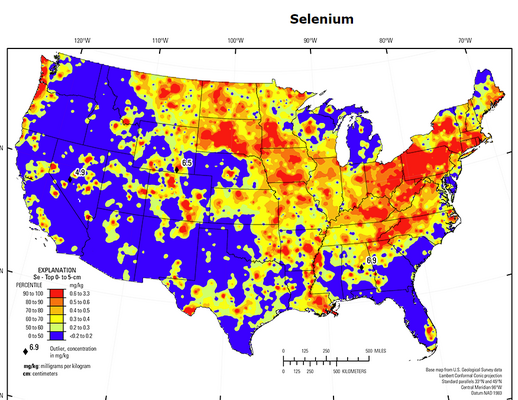- Thread starter
- #11
Yes. We've been over 100 here this week so I have been offering frozen watermelon and cucumber but they haven't been eating it much. Maybe it was too much? Currently have 13 9 week olds and 3 22 week olds. Crossing our fingers for eggs on the older ones soon.Yes, you absolutely can - and because its almost entirely water, you needn't concern yourself with the "by weight" rule so much. Watermelon, similar. Many of us offer things like watermelon chilled to help with heat stress - water, some key electrolytes, and of course lower temp.
and yes, 5# per week, if offering 50# of feed per week, as a general guideline.





